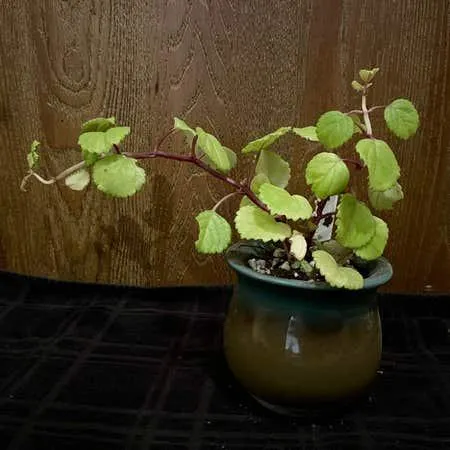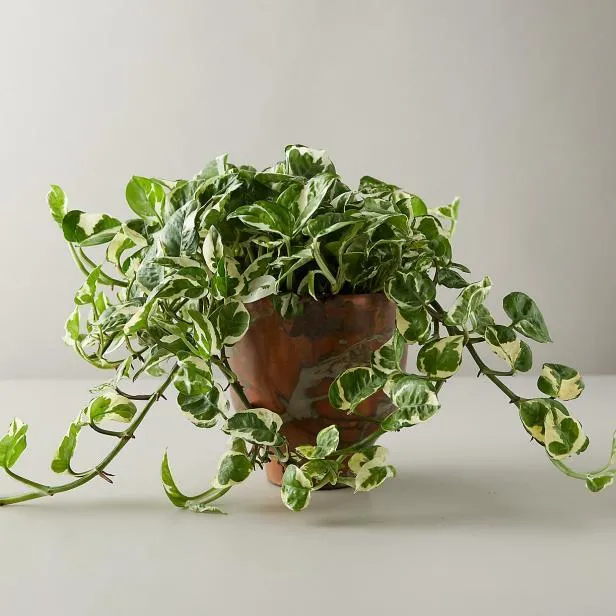A Comprehensive Guide to Caring for Your Ivy Plants
If you’re looking into adding some gorgeous greenery to your home or outdoor space with ivy plants, you’ve come to the right place. Ivy is one of the most versatile and low-maintenance houseplants you can grow. However, like any other plant, ivy does require some TLC to stay healthy and thrive. In this guide, I’ll cover all the basics of caring for ivy plants as well as answering some common questions new ivy parents often have.
Choosing the Right Type of Ivy
With over 400 different species of ivy to choose from, the first step is selecting an ivy that best matches your growing conditions and preferences. Here are some of the most popular varieties for indoor plants:
- English ivy (Hedera helix): A vigorous climber great for trailing. tolerates low light.
- Swedish ivy (Plectranthus verticillatus): Colorful foliage and fast growth. Easy to care for.
- Needlepoint ivy (Hedera helix ‘Needlepoint’): Dense, dark, needle-like leaves. Slow grower.
- Algerian ivy (Hedera canariensis): Heart shaped leaves. Tolerates low light and dry soil.
Outdoor ivies like Boston ivy and Virginia creeper are excellent options for covering walls, fences or arbors thanks to their climbing abilities.
Light Requirements
Ivy is one of the most shade tolerant houseplants you can have. Most varieties will survive in low to medium indoor light. However, for lush, vibrant growth, aim to situate your ivy in a spot with at least four hours of direct or bright, indirect sunlight daily. Outdoor ivy also prefers partial shade.

Watering Needs
When it comes to watering ivy plants, the old adage of “less is more” certainly applies. Soggy soil causes root rot, which is a common killer of ivies. Allow the top inch of soil to dry out between waterings. You can check this by inserting your finger into the soil. Infrequent, thorough waterings are best. For outdoor ivies, water just enough to keep the soil slightly moist during hot, dry spells.
Fertilizing
In the spring and summer when ivy is actively growing, feeding it every 4-6 weeks with a diluted, water soluble houseplant fertilizer will keep it looking its best. I like to use a formula with an N-P-K ratio of 20-20-20. In the fall and winter when growth slows, fertilizer isn’t necessary. For outdoor ivy, use a balanced feed in early spring and again in late summer.
Pruning and Training
With climbing or trailing ivy varieties, regular pruning and training is needed to maintain a tidy appearance. In my experience, here’s a good strategy:
- Pinch off growing tips to encourage bushier growth and more leaves.
- Use twist ties or gardening wire to gently guide new stems where you want them to grow.
- Prune any leggy or overgrown stems back to a leaf node every few months to keep the plant shapely.
Keeping ivy pruned helps control its size and shape whether growing up a support or trailing from a hanging basket. Outdoor ivies may need staking until mature.

Repotting
Most indoor ivies are content growing in the same pot for several years. However, if you notice roots circling the drainage holes or new growth is stunted, it’s time for a repot. Spring is the best season. Choose a pot just 1-2 inches larger and use a good quality potting mix. Disturb the roots as little as possible when transplanting.
Pests and Diseases
Ivies are fairly low maintenance plants but occasionally face pest or disease issues. Two common offenders are spider mites, which appear as tiny yellow or red dots on leaves, and mealybugs, the “fuzzy” white insects. Regularly check leaves and treat with neem oil or insecticidal soap if spotted. Brown or yellow foliage may signal root rot from overwatering.
Propagation
Wondering how to expand your ivy collection without buying more plants? Ivy is a snap to propagate through stem or leaf cuttings. Simply remove 4-6 inch snippets, strip lower leaves, and plant in water or potting mix. Within a few weeks, roots will form. Once established, transplant the new plant. It’s incredibly rewarding to grow ivy from cuttings you take yourself!
Tips for Optimal Growth
Some final tips to keep your ivy looking it’s lushest include occasionally misting leaves, providing humidity with a pebble tray, rotating pots weekly, and fertilizing houseplants in the growing seasons. Outdoor ivies love partial shade, organic mulch to retain moisture, and staking until permanent anchors form. With just a bit of TLC, ivies make charming, low fuss additions to any indoor or outdoor space.

I hope this comprehensive guide has helped provide answers to all your questions about properly caring for ivy plants. Feel free to reach out if you have any other issues. With the right growing conditions and care, your ivy will thrive for many years to come. Happy planting!
Tips for Caring for Ivy Plants
| Watering | Water when the top 1-2 inches of soil are dry. Ivy plants prefer damp but not soggy soil. |
|---|---|
| Sunlight | Ivy plants thrive in partial to bright indirect sunlight. Too much direct sun can scorch the leaves. |
| Fertilizer | Fertilize during the spring and summer growing seasons with a diluted liquid houseplant fertilizer every 2-4 weeks. |
| Pruning | Prune as needed to control size and shape. Cut back leggy vines to encourage new growth. |
| Repotting | Repot every 1-2 years in the spring using a well-draining potting mix. Ivy plants tend to become pot-bound easily. |
| Temperature | Ivy plants grow best at temperatures between 65-75°F. Avoid drafty locations near windows or vents. |
FAQ
-
How often should I water my ivy?
Ivy plants need consistent moisture however not too much so aiming to water them once every 7-10 days should work well. The soil shouldn’t be allowed to completely dry out but you also don’t want it to stay soggy.
-
What kind of light does ivy prefer?
Most ivy varieties like moderate indirect sunlight. Putting them in a spot with bright light for several hours each day is usually perfect. They can tolerate low light conditions however their growth may be slower. Direct blazing sun could cause their leaves to burn so avoid very sunny windowsills.
-
How do I know if my ivy is getting too much or too little water?
Overwatered ivy will appear soggy and the soil will stay wet for a long time. Underwatered ivy leaves will start looking wrinkly and droopy. You can stick your finger an inch into the soil to check if it’s dry before watering.

-
Should I fertilize my ivy plant?
-
How do I prune or shape my ivy?
You can trim ivy to maintain a certain shape rather than let it grow wild. Prune off leggy or limp new growth to encourage bushier growth. Cut back any overly long stems by about half their length using sharp scissors. The pruning wounds will eventually grow over. Get creative with training ivy up trellises or topiaries for an amazing look!
-
My ivy leaves are yellowing – what’s wrong?
Yellow leaves usually mean the ivy is not happy. Overwatering is a common cause of yellowing leaves but under-watering, lack of light, cold drafts or nutrient deficiencies can also be to blame. Check the growing conditions and watering schedule then the leaves should green up again after a week or two with TLC.
